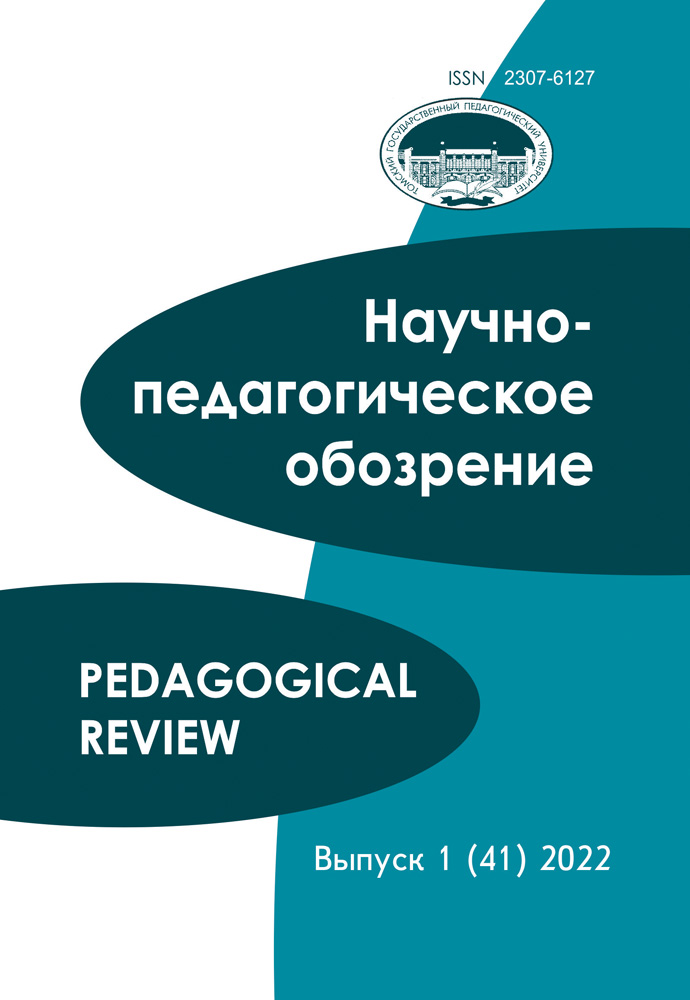Search
| # | Search | Downloads | ||||
|---|---|---|---|---|---|---|
| 1 | The intonation of Turkic languages has practically not been researched yet. In modern society, against the background of globalization and the leveling of national characteristics of ethnic groups, the problem of recording, studying, and preserving the cultural characteristics of minority peoples is exceptionally acute. This article is the first to examine the intonation of the Kumandin dialogic language. The Kumandin language belongs to the East Uyghur branch of the Turkic languages of the Altai language family, has no established written tradition, and functions only in oral form, accelerating its disappearance. The relevance of the study arises from the increasing interest in the problems of language communication, documentation, and analysis of data on endangered languages in Siberia. The analysis is based on field recordings using the Praat computer program. According to the results of the analysis of experimental data, interrogative statements in the Kumandin dialogic speech, which are the first replica in the structure of the dialog, are characterized by a higher level of the end of the melodic curve than in the affirmative statements. The response in the Kumandin language, which is in a relative relationship to the preceding interrogative component, is both a structurally communicative and intonationally concluding component of the entire dialogic unit. In incomplete statements, the intonation is clearer and brighter. The frequency level in the analyzed interrogative statements is between 106 and 257 Hz. One of the phenomena that claims the status of a linguistic universal in the field of intonation studies is the raising of the frequency of the main tone or pitch, which is used in most languages to distinguish between interrogative and affirmative intonation. Intonation functions in close interaction with the syntactic and lexico-grammatical means of the language: the more complete the dialogic statement, the weaker the intonational contrast, while a brighter, clearer intonation is observed in incomplete statements. The prospects for further research are to deepen the identified tendencies by expanding the body of research and to describe the general model of the intonational structure of certain questions as a result of comparing the intonational contours of statements with different question words. The intonation of the interrogative part in Kumandin’s dialogic speech is considered for the first time. The relevance of the study arises from the increasing interest in the problems of linguistic communication, documentation, and data analysis of the endangered languages of Siberia. The analysis is carried out based on field recordings using the Praat computer program. According to the results of the analysis of experimental data, interrogative statements, which are the first replica in the structure of the dialog, are characterized by an upward movement of the tone. Keywords: intonation, dialogic speech, minority peoples, the language of the Kumandins, Praat | 611 | ||||
| 2 | This article aims to investigate the [r]-sounds of the Plautdietsch language using experimental phonetic methods. We used distributional analysis, acoustic analysis, and magnetic resonance imaging to describe the articulatory and acoustic properties of these phonemes in the language of Mennonite Germans in Siberia. The article analyzes the sounds of the [r] type in the German-Mennonite Plautdietsch language spoken in the Novosibirsk region. In Russian phonetics, the sound [r] is classified as a sonorous sound in which the voice plays a significant role, and noises are either absent or minimal. In the European tradition, this sound is called a ‘trill’ consonant. During pronunciation, the tongue opens rhythmically, allowing air to flow freely through it, and then closes again, causing the vocal cords to vibrate. The nature and classification of this sound raises a number of questions: whether the sound [r] in Plautdietsch is to be interpreted as a sonorous sound or rather as a low-noise sound (in all positions, it is realized as a sonorous sound, but under certain positional and combinatory conditions it manifests itself as noisy); whether it is a vibrating or momentary sound; whether its articulation is accompanied by epenthesis or prosthesis. The study uses material collected from respondents in Neudachino, Novosibirsk Region. For the first time, an analysis of the consonant structure of the Mennonite language in Siberia, in particular the sound [r], was carried out using experimental phonetic methods. A synchronic description was carried out with the help of acoustic analysis. In order to isolate the composition of [r] type phonemes, a distributive analysis was carried out, and somatic methods of experimental phonetics were used to describe acoustic and articulatory features. It was found that the sounds of this type are represented by two phonemes – /r/ and /rб/. Keywords: the language of the German Mennonites, Plautdietsch, consonant, /r/, articulation, MRI, experimental phonetics | 89 | ||||








